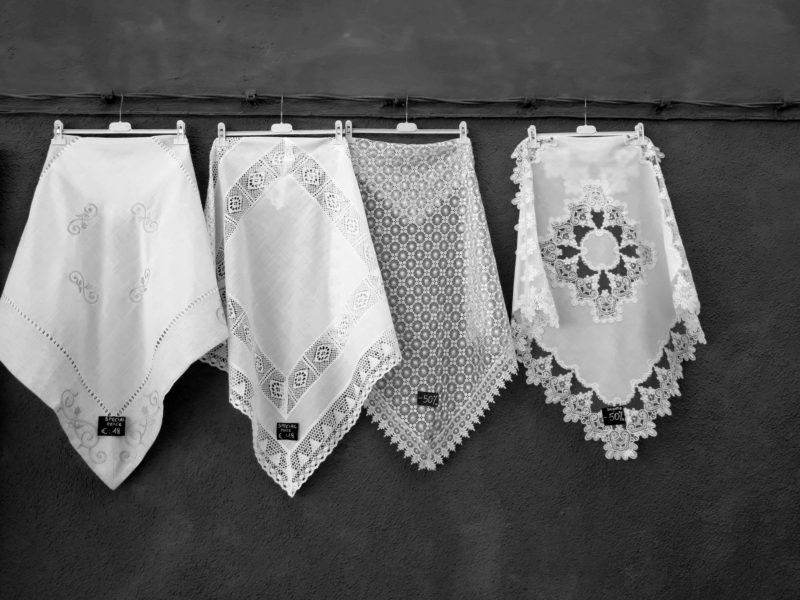
Kirtland Warbler, photo source on the web
This week is dedicated to some of the birds I recently photographed and stories and questions they brought to mind.
We will start with a report I heard on the radio yesterday, a re-broadcast of an old NPR radiolab piece about a threatened species, the Kirtland warbler. The basics of the story as I remember them are as follows.
Happy little warbler in Michigan disappears. Wildlife services try to figure out why and pinpoint the nasty cow bird, a non-native species. Cowbirds, like cuckoos, surreptitiously place their ow egg in the warblers’ nest, throwing one of the old eggs out to make space. When chick hatches, it grows at 4 times the speed than the warbler hatchlings, and so commands more room, throwing another chick out and gets all the food, since the parents feed the noisiest one first. 
(These photos from the internet.)
A killing of cowbird commences to save the warblers. Traps are set, birds are killed by hand. 12ooo dead cowbirds later, the warbler population seems not to improve. So they figure that it was really also the absence of young trees, because wildfires have not been allowed to happen to protect humans. Wildlife services decide to try controlled burns. With few resources, few firefighters etc, burn gets out of control and ravages 20.000 acres in a blink, killing in its way a young wildlife technician who was eager to save the birds.

The question that many ask is: is saving a species worth a human life? After all there are some 50 species of warblers alive and well? Is putting so many resources into species protection, killing so many other birds worth the warbler continuity? If you decide to forgo saving one species, what about the next and the next and the next?

In some important way, the premise is wrong. The young man was killed due to circumstances in the process of protection, not because of the protection. The species is disappearing because of land use issues, interrupting the natural cycle of things.

Framing issues as human interest stories were emotions are roused when you hear the sad family, are dangerous in times where the Endanger Species Act is under assault by a reckless administration. ( Knew I would get there somehow….)
 Photographs of warblers in the Columbia Gorge last week.)
Photographs of warblers in the Columbia Gorge last week.)
http://www.radiolab.org/story/91723-weighing-good-intentions/














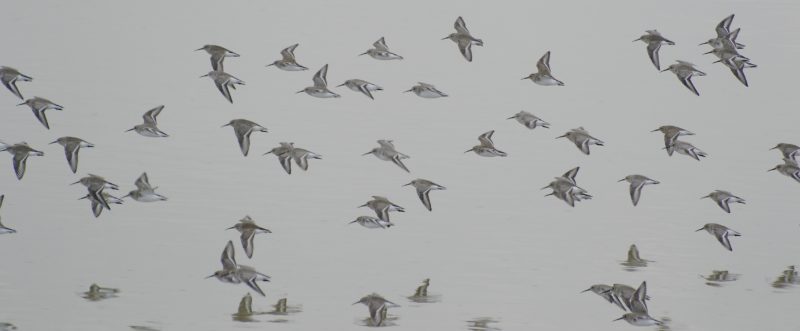
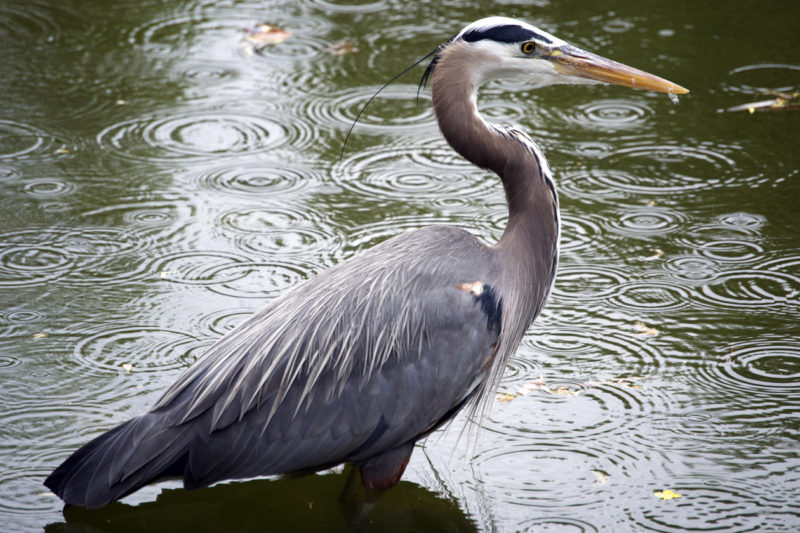












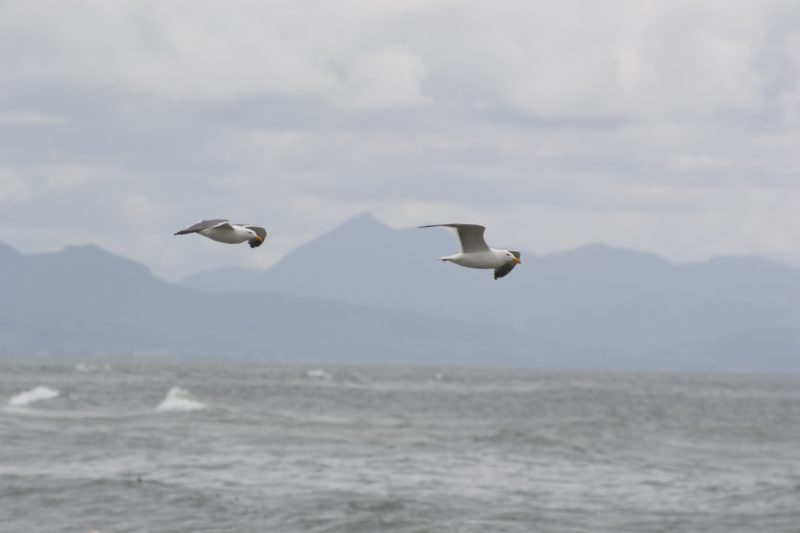












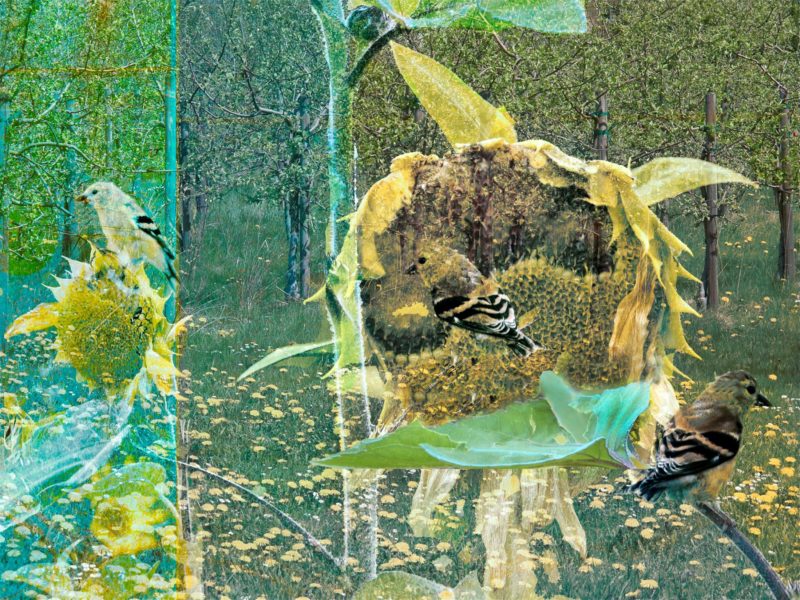






 .
.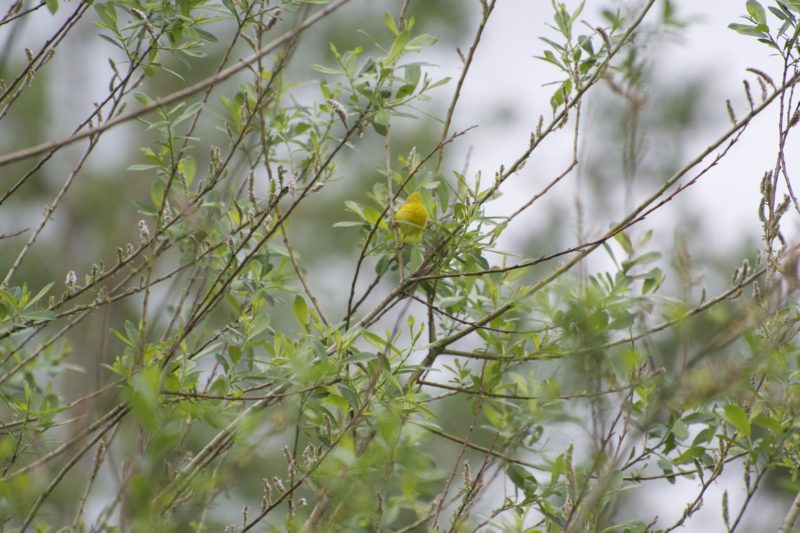





 Photographs of warblers in the Columbia Gorge last week.)
Photographs of warblers in the Columbia Gorge last week.)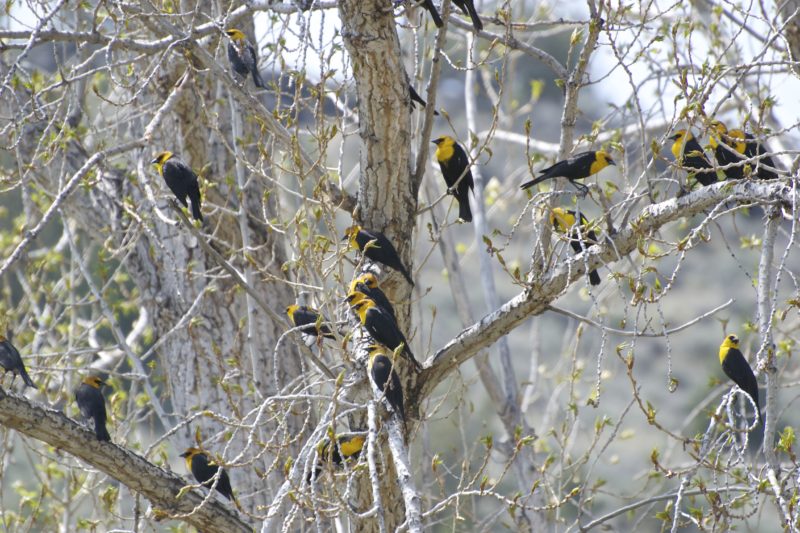


 He captured, in my opinion, an idealized version of what is really a harsh environment around the Steen Mountains. Part desert, part mountain wilderness, few interspersed water features that host 1000s of birds during migration, all combine to deliver astonishing beauty but also intense hardship for the few people who settle this landscape and try to make a living of it.
He captured, in my opinion, an idealized version of what is really a harsh environment around the Steen Mountains. Part desert, part mountain wilderness, few interspersed water features that host 1000s of birds during migration, all combine to deliver astonishing beauty but also intense hardship for the few people who settle this landscape and try to make a living of it.




 Part of what made it special are the many unfamiliar bird sounds that you hear there, including some birds that make music with its feathers – here is the sound of a common snipe
Part of what made it special are the many unfamiliar bird sounds that you hear there, including some birds that make music with its feathers – here is the sound of a common snipe 





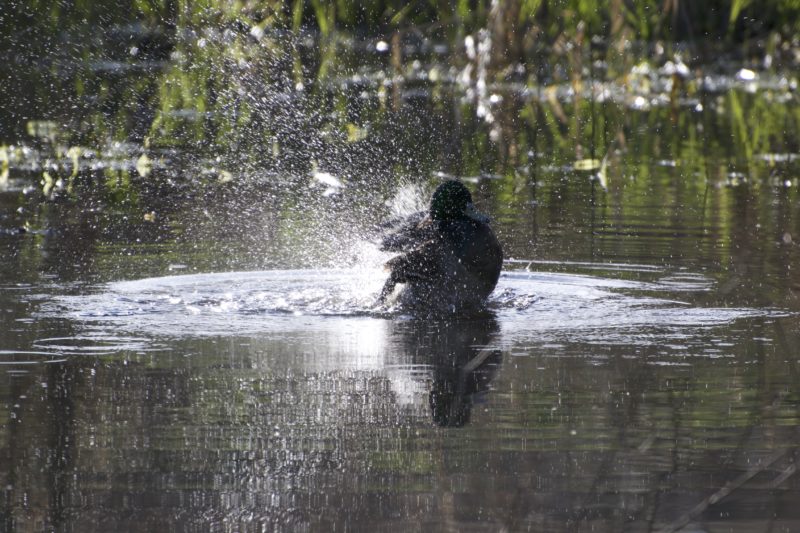




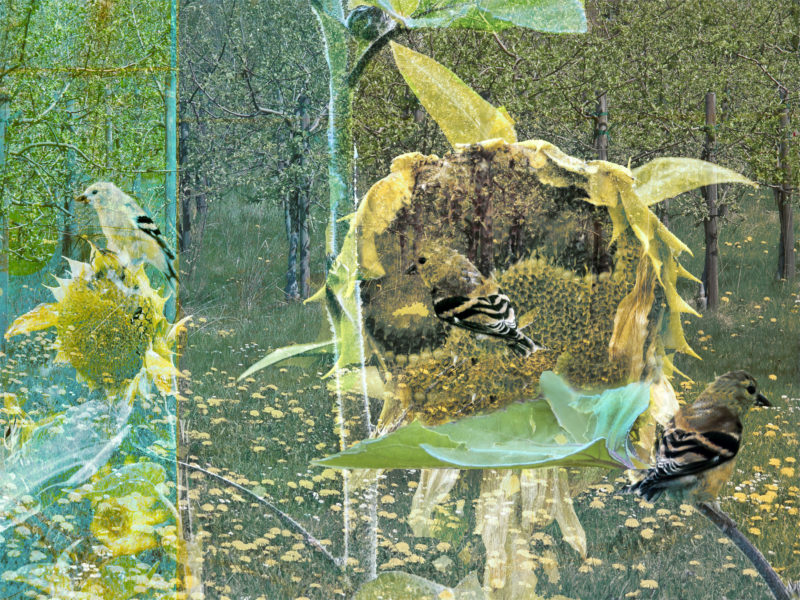


 Last Sunday the entire grandiose Catalogue of Birds by Messiaen was played across different places in nature during the course of a day into the night. Starting with a walk at dawn to hear the real birds, the concert commenced among the reeds. At night it finished fittingly in a hall, performing the calls of the night owl. Luckily all this happened in England, at the Aldeburgh Festival last week, so I didn’t have to stay up late, which is harder for me than to get up early. Wouldn’t have liked to miss the owl. Unluckily, this seems like an event of a lifetime, organized with British precision, stamina and a sense of adventure, shuttling the audience from one spot to another, an experience I would have relished. The festival director, Pierre-Laurent Aimard, was also the pianist, playing, as you can see in the clip below, with hand warmers in the dawn!
Last Sunday the entire grandiose Catalogue of Birds by Messiaen was played across different places in nature during the course of a day into the night. Starting with a walk at dawn to hear the real birds, the concert commenced among the reeds. At night it finished fittingly in a hall, performing the calls of the night owl. Luckily all this happened in England, at the Aldeburgh Festival last week, so I didn’t have to stay up late, which is harder for me than to get up early. Wouldn’t have liked to miss the owl. Unluckily, this seems like an event of a lifetime, organized with British precision, stamina and a sense of adventure, shuttling the audience from one spot to another, an experience I would have relished. The festival director, Pierre-Laurent Aimard, was also the pianist, playing, as you can see in the clip below, with hand warmers in the dawn! 



